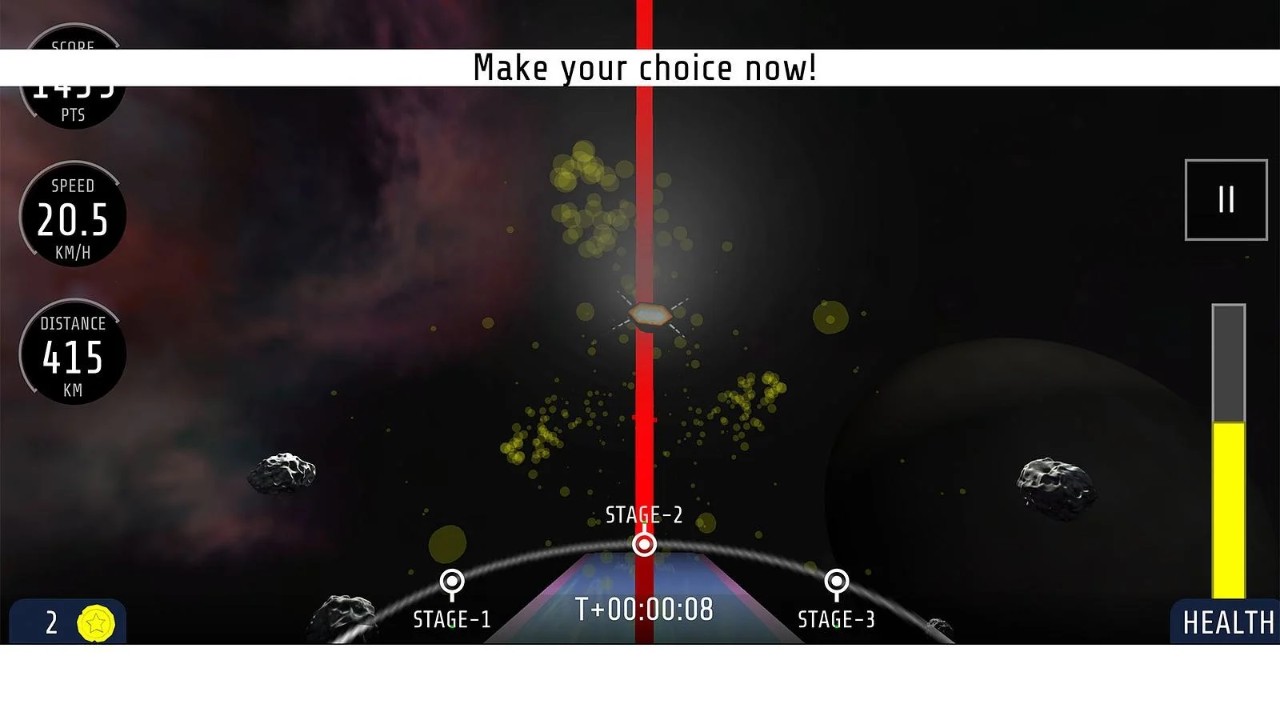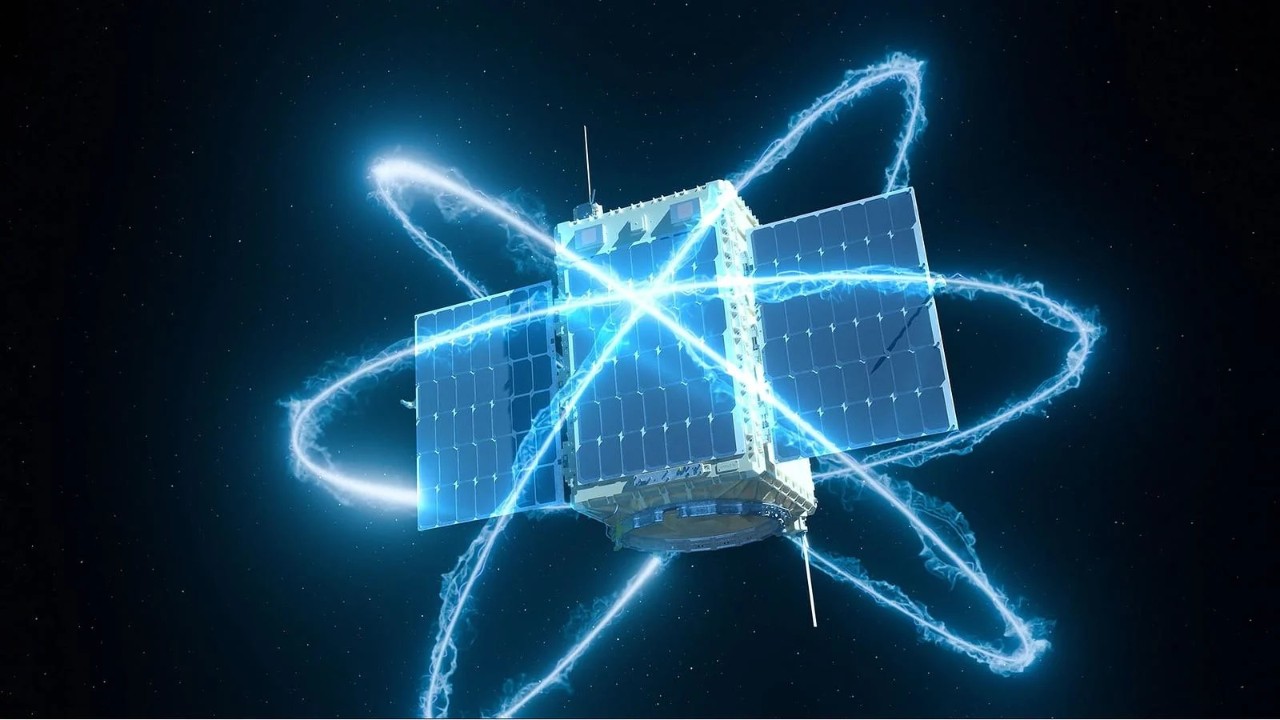Quantum research marks year on orbit with public web game
Boeing teammates who opt to play can help shape the next experiment for the space-based SEAQUE mission.
A quantum networking mission called SEAQUE invites the public to play a web-based video game that will help program its next experiment on the International Space Station.
- Quantum mechanics is the set of rules describing how very small things like atoms, electrons, photons (particles of light) behave. Quantum networking uses these properties to enable new ways of processing information.
Why it matters: Quantum networking promises secure, resilient communications and precision sensing that can strengthen everything from disaster response to national security.
- Boeing’s participation in efforts like SEAQUE allows the company to partner to mature critical technologies while building and flying its own missions.
How it works: To mark a year on orbit, SEAQUE — led by the University of Illinois Urbana-Champaign with Boeing participation — will feature a “live demo” during the Chicago Quantum Exchange Summit on Nov. 3.
- Participants play a game at https://quantumsatellite.web.illinois.edu, generating inputs that researchers will use to configure SEAQUE’s next on-orbit experiment.
- The game is open to all and can be shared with family and friends — a family-friendly way to contribute real data that advances the science.
- “More players means better results for us to support this critically important scientific mission,” said Jay Lowell, Boeing Disruptive Computing, Networks & Sensors chief scientist and member of the SEAQUE team. “This is a rare chance to help steer a frontier experiment in space.”

A view of the web-based video game that allows participants to help shape SEAQUE’s next quantum experiment in space. (SEAQUE image)
The big picture: Quantum technology is accelerating, drawing major public and private investment.
- As America’s first space-based quantum networking experiment of its kind, SEAQUE demonstrates key building blocks: entangled photon sources in orbit and methods to heal radiation-induced damage to quantum hardware.
For Boeing, SEAQUE complements the company’s broader portfolio, including Q4S, a planned demo on a free-flying satellite that will swap entangled particles to help build future global quantum networks.

Image: In this rendering of the Q4S satellite in space, the atomic artwork around the spacecraft resembles the entanglement swapping the satellite will conduct on orbit. (© Boeing)
Catch up quick:
- SEAQUE’s mission objectives include validating compact entangled photon sources in orbit and exploring techniques to mitigate radiation effects on quantum devices.
- Potential applications range from secure network links and timing synchronization to improved space domain awareness and precision Earth sensing.
Editor’s note: SEAQUE is led by the University of Illinois Urbana-Champaign with support from NASA. Boeing is a participant. Q4S is a separate, self-funded Boeing mission planned for a 2026 rideshare to sun‑synchronous orbit.